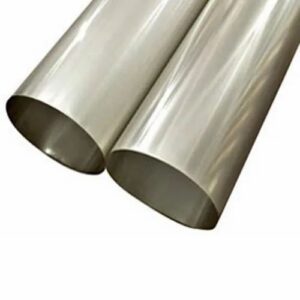Rotary and Flat Screen Textile Chemicals
Textile printing is a crucial process in the textile industry, and the choice of chemicals used can significantly impact the quality and durability of the prints. Two common methods of textile printing are rotary screen printing and flat screen printing, each requiring specific chemical formulations to achieve optimal results.
Product Descriptions
Rotary Screen Textile Chemicals
Rotary screen printing involves the use of cylindrical screens to apply designs onto fabric. The chemicals used in this process are designed to provide excellent color fastness, vibrant hues, and smooth application. These chemicals often include thickening agents, dyes, and binders that ensure the ink adheres well to the fabric and withstands washing and wear.
Flat Screen Textile Chemicals
Flat screen printing, on the other hand, utilizes flat screens to transfer designs onto textiles. The chemicals used in this method are formulated to provide a thicker consistency, allowing for more intricate designs and textures. These chemicals typically include pigments, emulsifiers, and additives that enhance the print’s durability and vibrancy.
Uses
-
Rotary Screen Printing:
- Ideal for high-speed production and large runs.
- Suitable for continuous patterns and designs.
- Commonly used for printing on woven and knitted fabrics.
-
Flat Screen Printing:
- Best for smaller runs and custom designs.
- Allows for detailed and multi-layered prints.
- Often used for specialty fabrics and unique textures.
Technical Data
| Feature | Rotary Screen Chemicals | Flat Screen Chemicals |
|---|---|---|
| Application Method | Cylindrical screens | Flat screens |
| Print Speed | High-speed production | Slower, more manual process |
| Ink Viscosity | Low to medium viscosity | Medium to high viscosity |
| Color Fastness | Excellent (light, wash, and rub fastness) | Good to excellent |
| Fabric Compatibility | Woven and knitted fabrics | Specialty fabrics, including non-wovens |
| Drying Method | Hot air or infrared drying | Air drying or heat curing |
| Environmental Impact | Low VOC emissions | May contain higher VOCs |
| Cost Efficiency | More cost-effective for large runs | More economical for small runs |
Conclusion
Choosing the right textile chemical for rotary or flat screen printing is essential for achieving high-quality prints that meet industry standards. Understanding the specific properties and applications of each type of chemical can help manufacturers optimize their printing processes and deliver superior products to their customers.

